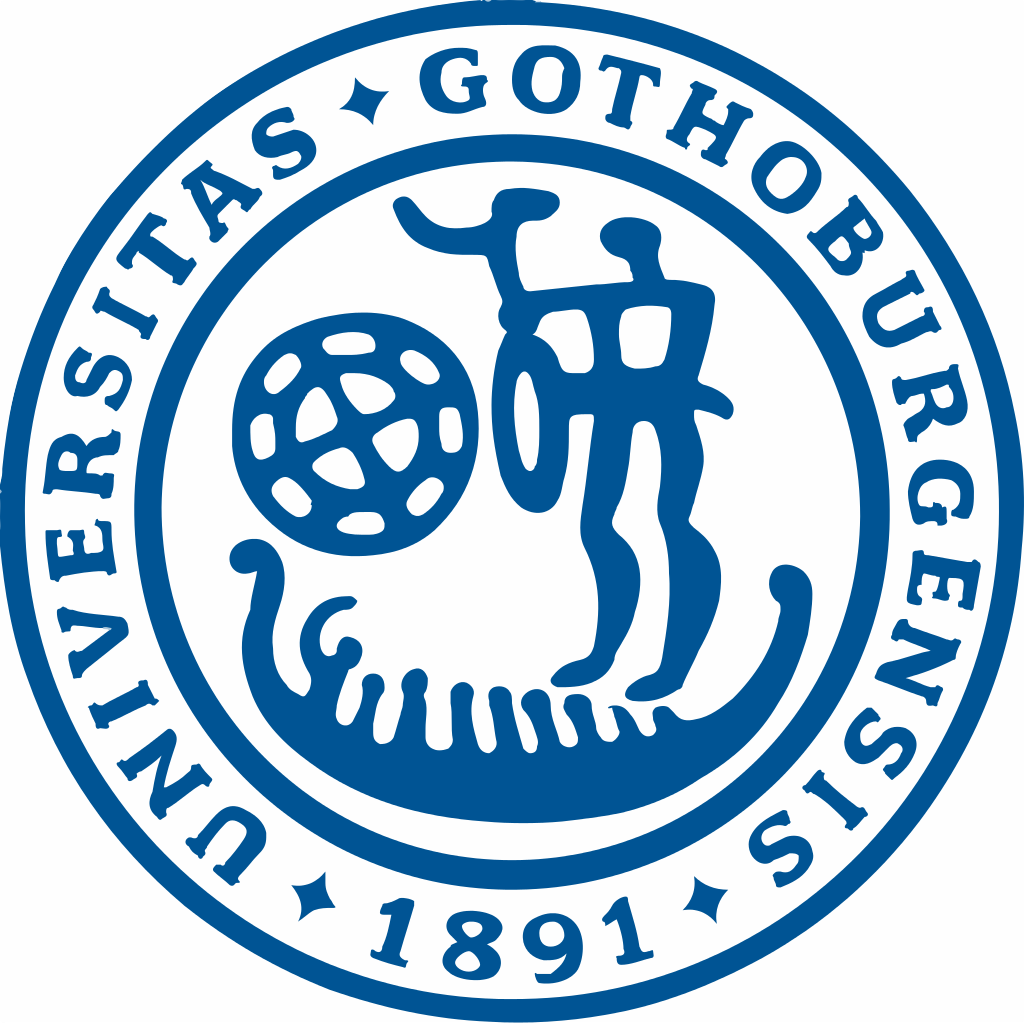Principles of Concurrent Programming 2023-2024
TDA384/DIT392 (Sep 2023 - Oct 2023)


You can connect to lab computers remotely using remote desktop. Chalmers-wide instructions are available here.
On Windows, “Remote Desktop Connection” is a standard windows application. On Mac, “Microsoft Remote Desktop” is available for free from the app store.
Notice that most Linux machines available to connect to are multi-core machines with CPUs of 4 cores. This should be appropriate for testing your solutions. The command “cat /proc/cpuinfo” gives the definite information. If (against expectations) a different kind of machine has been allocated, you should retry the connection to get another computer.
Eclipse, Intellij, and VSCode are all available on StuDAT-linux workstations. To start them from a terminal:
eclipse &idea &code &The only one with support for Erlang is VSCode. But it requires to install an extension.
You are strongly encouraged to test your lab solutions on a multi-processor or multi-core machine, for example the remotely accessible machines provided by Chalmers.
We strongly recommend to connect remotely to lab computers as explained above. It may be possible to work locally on your own machine and we include some instructions that could help with that. We have successfully run lab 1 on Windows machines running WSL with X support.
To run assignment-related tools and packages (for example the simulator tsim) on a laboratory computer, execute the following command in a shell prompt:
setup_course tda384Note that
It is possible to run all the software required for lab-1 in all three major operating systems.
Start by downloading the tsim simulator source code and unpack it (e.g., tar -xzf tsim-0.84.tgz).
Tip: If you do not want to contaminate your file system you could pass --prefix=$PWD/world or something similar to ./configure, as then everything will end up in $PWD/world and no root privileges are needed to install the simulator. But make sure to add the bin folder to your $PATH afterwards.
Install the development libraries for the simulator’s dependencies: Xaw, Xt, Xmu, X11, and Xext.
apt-get install libxaw7-dev libxt-dev libxmu-dev libx11-dev libxext-dev
yum install libXaw-devel libXt-devel libXmu-devel libX11-devel libXext-devel
pacman -S libxaw libxt libxmu libx11 libxext
Build and install: cd tsim-0.84 && ./configure && make && sudo make install && cd ..
Install brew, and then run brew install xquartz argp-standalone.
After this step the installation is the same as for Linux, except that you need to pass a few extra flags to ./configure.
The exact command will depend on your machine’s architecture type. For ARM machines:
./configure LIBS=“-largp” CPPFLAGS=“-I/opt/X11/include -I/opt/homebrew/include” \
LDFLAGS=“-L/opt/X11/lib -L/opt/homebrew/lib”For Intel machines:
./configure LIBS=“-largp” CPPFLAGS=“-I/opt/X11/include -I/usr/local/include” \
LDFLAGS=“-L/opt/X11/lib -L/usr/local/lib”If you are not sure, run this command beforehand:
archIf this command prints “arm64”, then your Mac is an ARM machine. Otherwise, it is an Intel machine.
If you are having problems getting XQuartz to start the first time you are trying to start tsim, it might help logging out and in, or even rebooting your computer.
You have to install WSL (Windows System for Linux - available for Win10 and Win11) and make sure that it supports X-windows. See here for instructions (that will get obsolete in due time).
Once you have WSL working, follow the instructions for ubuntu above.
We are not aware of special issues with running Amazed locally.
To download Erlang/OTP, go to this webpage and choose the version to install depending on your operating system.
Note: as of LP3 2023, we recommend using the TUI (text user interface) for lab 2 as opposed to the GUI due to potential compatibility issues. You can find instructions for using it here.
Some operating systems have packages for Erlang, but they often have no support for the GUI libraries that you will need for the labs. Therefore, we recommend you to use the link given above and fetch the right package to install.
An exception are recent (from 14.04 LTS) 64-bit versions Ubuntu, which package Erlang/OTP in a way that is suitable for the labs. To use it, install packges libwxbase2.8-0, libwxgtk2.8-dev, libqt4-opengl-dev, and libgtk2.0-dev. You can install them, together with Erlang/OTP, by running:
apt-get install libwxbase2.8-0 libwxgtk2.8-dev libqt4-opengl-dev libgtk2.0-dev erlang
If you are annoyed by all the PROGRESS REPORT messages every time you start up Erlang, try the following:
erl -sasl sasl_error_logger falseAnother exception is Mac (using brew):
brew install erlang